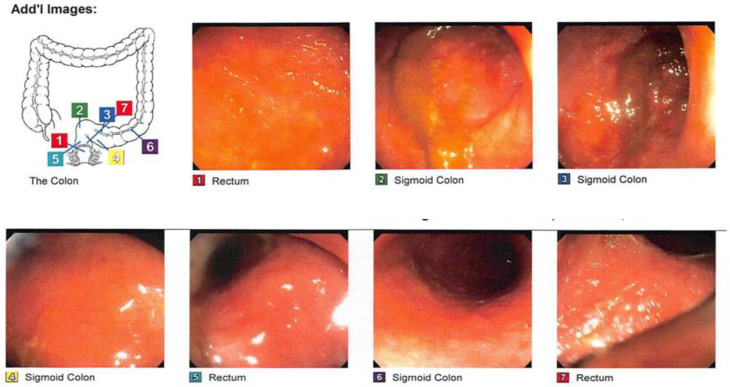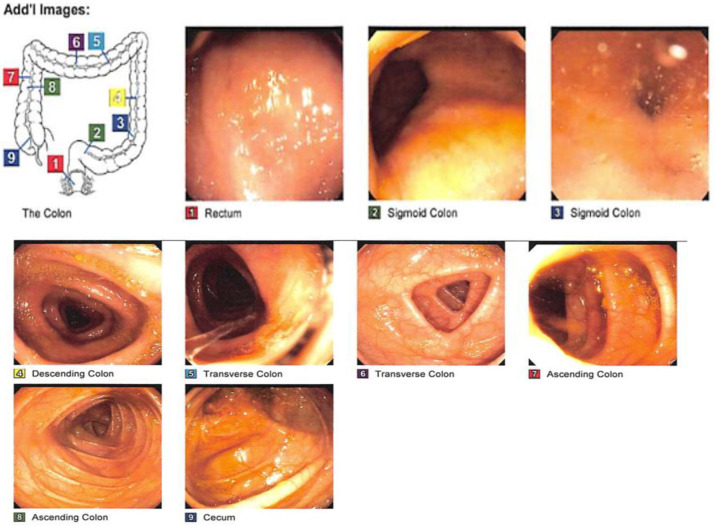Recurrent Multidrug-Resistant Clostridium difficile Infection Secondary to Ulcerative Colitis a Case Report.
Q1 Medicine
引用次数: 0
Abstract
IBD consists of two diseases—CD and UC—that affect the digestive tract, with a greater affinity for the large bowel. In this case report, we focus on one of its most common complications. CDI is a pathology that is mostly secondary to UC. Another cause of this bacterial infection is established after the use of antibiotics, most commonly at the hospital level. Around 20 percent of CDI persists because of a chronic dysbiosis of the microbiota and low levels of antibodies against CD toxins. In this case report, we demonstrated mdCDI in a young woman after treatment with multiple drug therapies as well as with semi-invasive procedures as follows: antibiotics (vancomycin, fidaxomicin), anti-inflammatory agents (mesalamine, sulfasalazine), corticosteroids (budesonide, prednisone), integrin receptor antagonists (vedolizumab), several semi-invasive procedures such as fecal transplant microbiota (FMT), aminosalicylates (5-ASA), treatment with tumor necrosis factor (TNF) blockers (adalimumab, golimumab), and immunomodulators (upadcitinib, tofacitinib). This leads us to establish how rCDI and its resistance to different treatments make this a challenge for the health system, both for hospitals and for outpatients, as well as how time-consuming each treatment is from the first intake of the drug until its total efficacy or until patients reach a dose-response and time-response to the disease. Accordingly, this case report and other similar cases reflect the need for randomized control trials or meta-analyses to establish therapeutic guidelines for cases of mdCDI in the near future.



溃疡性结肠炎继发复发性多重耐药艰难梭菌感染1例报告。
IBD包括两种疾病-乳糜泻和uc -影响消化道,对大肠有更大的亲和力。在本病例报告中,我们将重点讨论其最常见的并发症之一。CDI是一种主要继发于UC的病理。这种细菌感染的另一个原因是在使用抗生素后确定的,最常见的是在医院一级。大约20%的CDI持续存在,是因为微生物群的慢性生态失调和抗CD毒素的抗体水平低。在本病例报告中,我们证实了一名年轻女性在接受多种药物治疗和半侵入性手术后的mdCDI:抗生素(万古霉素,非达索霉素),抗炎药(美沙拉胺,磺胺嘧啶),皮质类固醇(布地奈德,泼尼松),整合素受体拮抗剂(维多单抗),一些半侵入性手术,如粪便移植微生物(FMT),氨基水杨酸(5-ASA),肿瘤坏死因子(TNF)阻滞剂(阿达木单抗,戈利单抗)和免疫调节剂(upadcitinib, tofacitinib)治疗。这导致我们确定rCDI及其对不同治疗的耐药性如何对医院和门诊患者的卫生系统构成挑战,以及从首次服用药物到其完全有效或直到患者达到对疾病的剂量反应和时间反应,每种治疗需要花费多少时间。因此,本病例报告和其他类似病例反映了在不久的将来需要随机对照试验或荟萃分析来建立mdCDI病例的治疗指南。
本文章由计算机程序翻译,如有差异,请以英文原文为准。
求助全文
约1分钟内获得全文
求助全文

 求助内容:
求助内容: 应助结果提醒方式:
应助结果提醒方式:


